Back To School: 10 Hot Solution Provider Plays In Education

B Is for "Budget"...
The education IT market, especially K-12, is a good news/bad news story. On the one hand, education spending is expected to be up about 4.1 percent overall in 2010 versus 2009, according to Gartner, which puts the total spend at some $63.9 billion. On the other, much education IT spending is still inextricably tied to dismal state and local budget squeezes, with the majority of U.S. states and districts far from out of the woods.
Fortunately for solution providers, most cash-strapped school districts understand all too well the necessity of cost-cutting and protecting students, which means that technology sectors that cover efficiency, management and security are still in significant demand. With a new school year starting and the education buying season a few weeks past, here's a look at the technologies buoying this year's spend, as reported by solution providers and analysts.
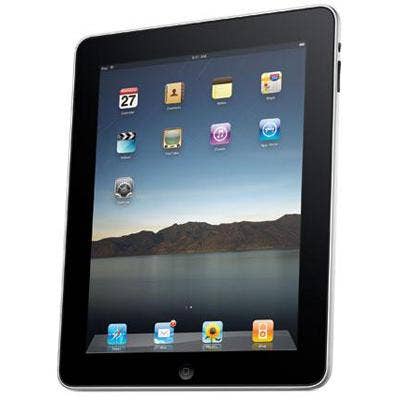
Mobile
PC sales haven't been electrifying: What's normally a hot time for back-to-school sales were, according to comments Dell CFO Brian T. Gladden made to The New York Times earlier this month following Intel's cut quarterly guidance, "a little weaker than we would have expected."
But solution providers report heavy interest -- if not yet blockbuster sales -- in various mobile devices, especially tablets like the iPad. Call it a tire-kicker year in education for Apple's tablet blockbuster: schools like North Carolina State University in Raleigh and George Fox University and Reed College, both in Oregon, are three of the more public examples of institutions giving iPad a test run as an education tool.
"You'll see a lot of schools watching how well these go this academic year," said one solution provider and K-12 specialist to CRN. "If there's good to great success, next year will be a banner season for education tablet sales."
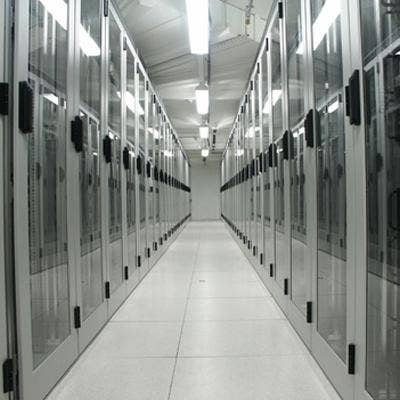
Midrange Servers
Midrange servers were a frequently cited technology among 2010 VAR 500 solution providers with education (K-12 and higher ed) practices -- not surprising seeing that servers seem to be bouncing back.
According to IDC's Worldwide Quarterly Server Tracker, which posted its latest results on Aug. 28, year-over-year server unit sales increased 23.8 percent, and in the second quarter accounted for $10.9 billion in returns. IDC noted that those figures mean four consecutive quarters of growth for server market demand, suggesting Infrastructure refresh is happening.
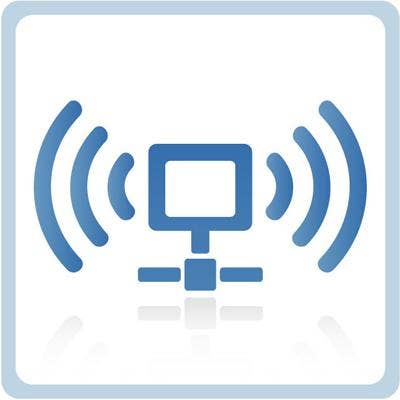
Wireless
The education market was one of the biggest adopters of 802.11n technology in draft n form, and since 11n's official ratification by the IEEE last fall, the floodgates have opened that much wider. Rare is the week -- especially in the past six months -- when one of the anchor or upstart wireless vendors, including Cisco, Aruba, Meru and Ruckus, hasn't touted a significant education market win, most of them involving solution providers. As the wireless wars continue to heat up again, expect K-12 and higher ed customers to be a key battleground.

Virtualization
Another frequently cited technology area among education solution providers in this year's VAR 500 listing, virtualization remains hot, especially since many school districts and education institutions are just beginning to overhaul their infrastructure and yoke the benefits.

Cloud
Cloud computing in education? You bet'cha, although slowly and steadily, solution providers say. On top of the push toward virtualization in many K-12 and higher ed infrastructure plays is a greater understanding of how cloud and as-a-service delivery models can help education institutions realize significant cost savings and efficiency gains.
One school district, Ridgewood Village in Bergen County, N.J., recently deployed a SaaS-based, integrated management portal developed using Progress Software's Open Edge platform -- enabling parents to access school information about their children online, and teachers and administrators to share data on things like test scores and collaborate on lesson plans. With the help of integrator Skyward, Ridgewood was able to bankroll the project using stimulus funds from the American Recovery and Reinvestment Act (ARRA) -- proving that education stimulus money and as-a-service technologies aren't mutually exclusive.
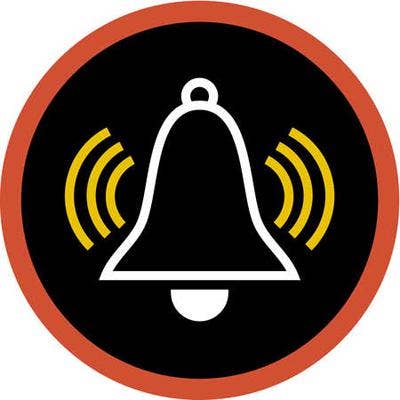
Emergency Notification
Part and parcel of a broader communications infrastructure that also includes mobile devices, wireless, security and other technologies, emergency notification -- especially on large-campus schools and universities -- has mushroomed into a major play for solution providers, and also niche vendors catering to the market.
One Call Now, which copped this year's Education Vendor of the Year award at XChange Public Sector, not only sells state-of-the-art notification systems and mission-critical messaging services through the channel, but also offers solution providers open APIs so they can develop and customize content of their own for school users.
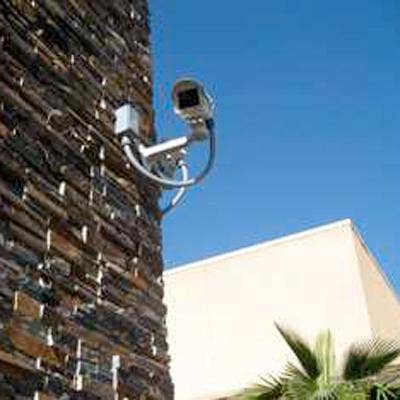
Physical Security
Video surveillance, access control, incident response -- all of these key security tools have continued to grow in response to both unfortunate events on campuses across the country (theft, vandalism, and natural disasters among them) and the ability of these tools to be networked, especially as part of IP infrastructure.

Backup and Recovery
Yet another frequently cited technology need by this year's class of VAR 500 solution providers are backup and recovery solutions, which go hand-in-hand with refreshed infrastructure and the need to protect sensitive student and faculty data. Acronis (pictured) is among several vendors in the space that have turned to the channel to pitch solutions to school districts and educational institutions on the grounds that it's those schools' deployed servers and PCs -- as well as their ability to migrate and protect data -- that's at stake.
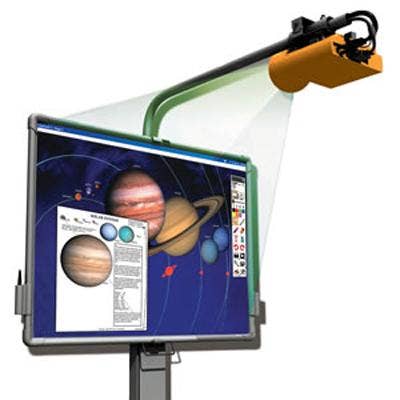
Smart Classroom
Interactive ("smart") whiteboards by themselves are old hat. Smart classrooms -- a loosely defined term describing a combination of interactive whiteboards, projectors, software content, audio/visual learning tools and other features designed to make classroom environments more interactive and customizable for student needs -- are now what's popular. No wonder the major players in the space, from interactive whiteboard heavyweight Promethean to displays and projectors behemoth NEC, have spent the past two years bulking up their education channel muscle: greenfield opportunity for classroom-savvy solution providers abounds.

Niche Plays
Just as in health care, where niche solution provider plays such as biometric readers are taking off, education has its fair share of niche technology plays and niche technology players. So be advised, VARs: as quirky as many of these types of products seem, they're gaining strength and visibility among education buyers, especially if they can address specific classroom or learning needs.
Livescribe, for example, recently released its Echo Smartpen, which adds tools like password protection and visual note and audio recording capabilities, to what comes standard on many "smart pens" and advanced notetaking devices. And how about Turning Technologies, which has seen substantial growth behind its audience response systems (pictured) and has a robust channel program? The savvier education-focused solution providers know that education has its fair share of niche plays, many of which can mean ample value-add and expanded deal sizes for right-fit tools.